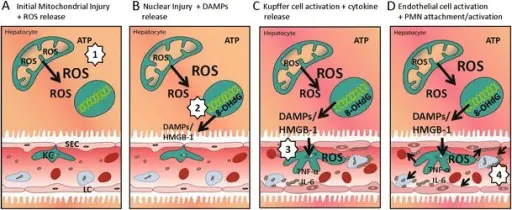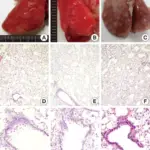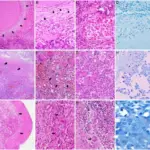Reversible cell injury occurs if the injured cell can restore homeostasis and return to a functional, morphologically normal state. The effects could be reversible if the hypoxia or ischemia lasts a short time. Like it is the case with myocardial contractility or coronary artery occlusion.
Key features of reversible cell injury include fatty change and cellular swelling. Fatty change occurs because of multiple forms of metabolic or toxic injury, as well as in hypoxic injuries. Cellular swelling occurs because the cells can’t maintain fluid and ionic homeostasis.



